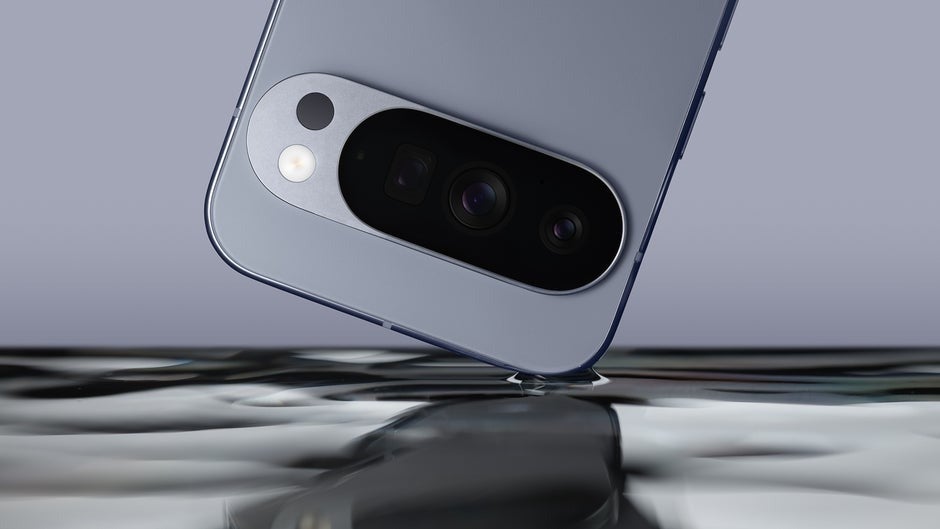The promise of Video Boost
Whether you were filming in a dim bar, on a busy street at sunset, or under harsh indoor lighting, Video Boost would elevate the footage to a level no phone could match. At least in theory.
The reality check

The reality, as we found in our late 2023 testing, was messy at best. On the Pixel 8 Pro, processing even a 30-second clip with Video Boost took hours. A simple 90 MB video ballooned into a 1.2 GB file, quickly eating up storage.
Our conclusion at the time was that the idea behind Video Boost was forward-thinking, but the execution felt clunky and half-baked.
Fast-forward to Pixel 10


Image by Google
Two years later, you’d expect Video Boost to be leaner, faster, and more integrated. After all, the Tensor G5 chip is Google’s first fully custom chip, capable of running complex AI models on-device. Except that’s not what we’re seeing when it comes to video.
In his recent Pixel 10 Pro XL camera test, Dave2D highlighted the same issues we are used to seeing: low-light video still lags behind the iPhone, dynamic range struggles with fire and bright light sources, and Video Boost remains cloud-dependent, because of which processing a clip took nearly 20 hours before it was ready.
That’s not the seamless experience people expect from their phone in 2025, especially not a flagship one. The whole point of a smartphone camera is instant capture and instant sharing. Nobody wants to record a family trip, wait a full day, and only then see the final version.
It looks bad when your expensive flagship phone needs 20 hours just to deliver similar level of video quality as your competition does without the need for any additional processing.
This disconnect is especially obvious because the Pixel is marketed as the camera-first smartphone. Google wants the Pixel 10 to be the device that creators and everyday users alike can rely on. Unfortunately, when it comes to video — a format more central than ever to how we communicate — the Pixel still feels inadequate.
The paradox of Video Boost and where it needs to go
After three generations, Video Boost still feels like a beta feature. Instead of solving Pixel’s long-standing video problem, it only underscores the gap between Google’s big vision and what its phones can actually deliver today.
Until Video Boost — or at least its benefits — is integrated directly into recording, works across all cameras, and avoids bloated files or cloud detours, the Pixel will remain a photographer’s phone, not a videographer’s. And in 2025, that’s a serious issue, because for most people, video is now the priority.
That doesn’t mean the feature is doomed. It just means Google has unfinished business. If future chips like the Tensor G6 or G7 finally bring Video Boost fully on-device, it could be genuinely transformative. Google seems to be heading in that direction — but until then, anyone serious about video will keep looking elsewhere.
#Pixel #10s #ambitious #video #feature #frustrating